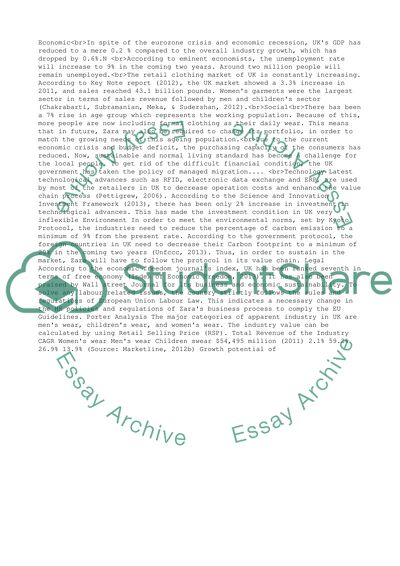Cite this document
(“Zara Strategy Essay Example | Topics and Well Written Essays - 3250 words”, n.d.)
Retrieved from https://studentshare.org/business/1404540-zara-strategy-report
Retrieved from https://studentshare.org/business/1404540-zara-strategy-report
(Zara Strategy Essay Example | Topics and Well Written Essays - 3250 Words)
https://studentshare.org/business/1404540-zara-strategy-report.
https://studentshare.org/business/1404540-zara-strategy-report.
“Zara Strategy Essay Example | Topics and Well Written Essays - 3250 Words”, n.d. https://studentshare.org/business/1404540-zara-strategy-report.


